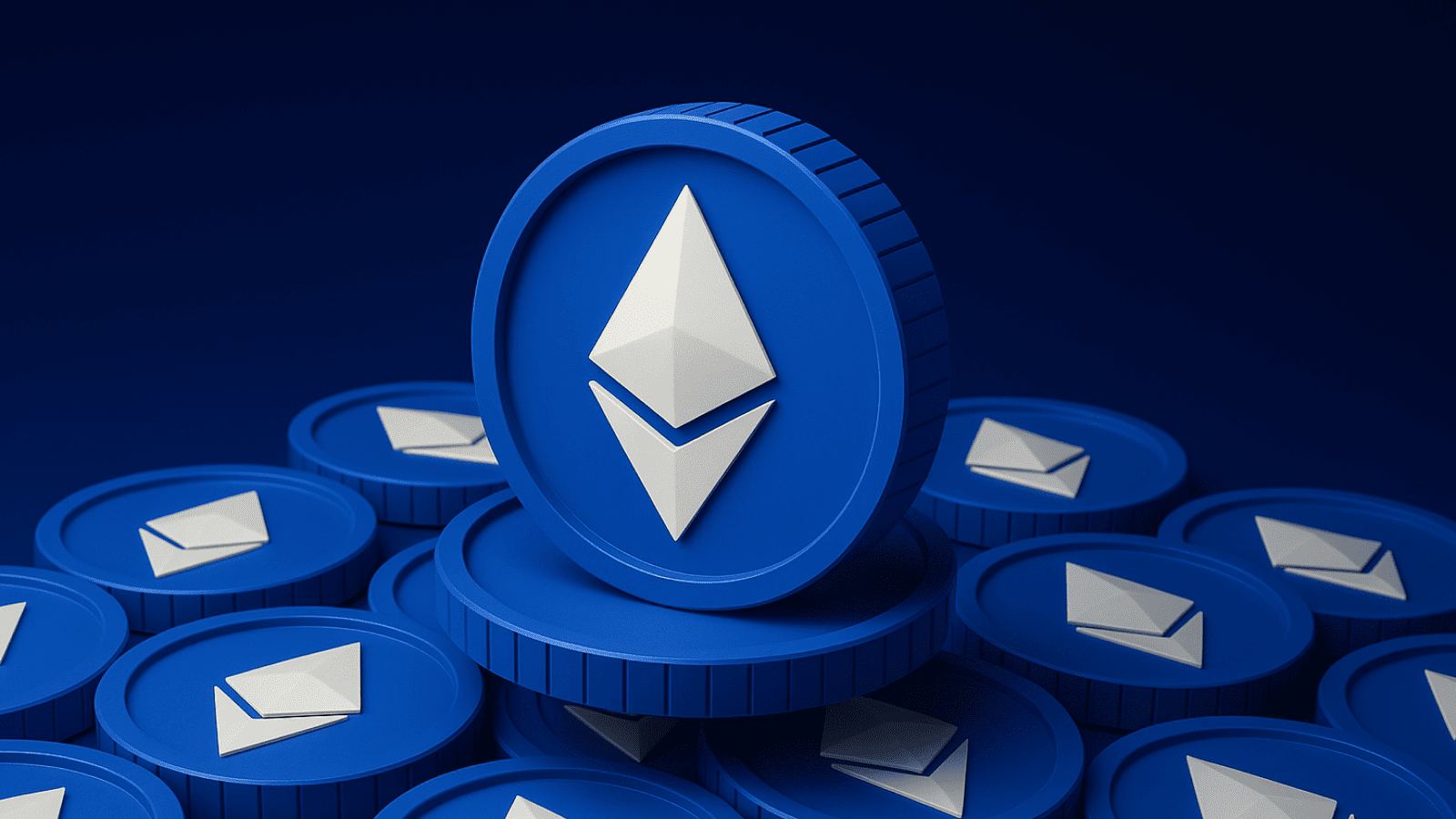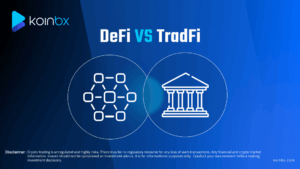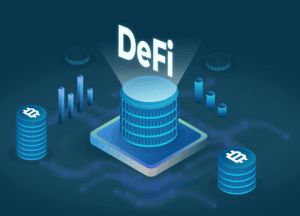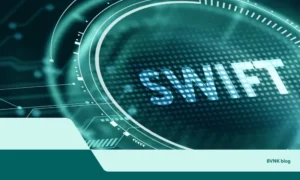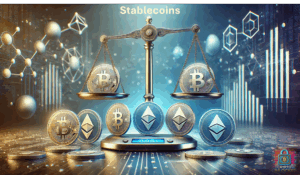“In a blockchain world filled with contenders, Ethereum continues to wear the crown. But what keeps it ahead in the race for smart contract supremacy?”
Introduction: The Smart Contract Race
Since its inception in 2015, Ethereum has held the spotlight as the leading smart contract platform. While competitors like Solana, Cardano, Avalanche, and Polkadot have emerged with faster speeds and lower fees, Ethereum still stands at the center of decentralized innovation.
So, what exactly is Ethereum doing right? And why, even amid criticism and competition, does it remain the go-to platform for smart contract deployment?
The answer lies in a powerful combination of first-mover advantage, developer network strength, decentralization, and continuous innovation.
Let’s break it down.
Ethereum’s First-Mover Advantage: Paving the Path
When Ethereum launched, it introduced the world to something revolutionary: programmable money. While Bitcoin proved that decentralized currency was possible, Ethereum took it further by offering a blockchain that could run code — aka smart contracts.
These self-executing contracts allow developers to build:
- Decentralized applications (dApps)
- DeFi platforms
- NFT marketplaces
- DAO governance structures
Ethereum’s early start meant that developers, investors, and projects naturally gravitated toward it. As a result, Ethereum cultivated an ecosystem before anyone else could catch up.
“Being first isn’t everything—but in tech, it can be a game-changer.”
Developer Network: Strength in Numbers
Ethereum boasts the largest developer community in the blockchain world—by far. According to Electric Capital’s 2025 Developer Report, over 30% of all Web3 developers build on Ethereum or Ethereum-compatible chains.
Why does this matter?
- A large developer base means more innovation, more tools, and faster growth.
- It ensures strong community support for upgrades and protocol improvement.
- It enables a network effect: the more developers build on Ethereum, the more useful the network becomes.
And let’s not forget the plethora of open-source tools, libraries, and frameworks like:
- Truffle
- Hardhat
- Remix IDE
- The Graph, Infura, Alchemy, and more
This well-established infrastructure makes Ethereum the most developer-friendly smart contract platform in existence.
Network Security and Decentralization
While some newer chains boast faster speeds or lower gas fees, they often sacrifice decentralization and security. Ethereum, on the other hand, prioritizes a balance.
Since its switch to Proof-of-Stake (PoS) in the 2022 Merge, Ethereum has:
- Dramatically reduced energy consumption (over 99.95%)
- Increased its scalability with upcoming rollups and sharding
- Continued to maintain decentralization, with over 800,000 validators (as of 2025)
This security and decentralization make Ethereum the preferred platform for financial applications. If you’re building a billion-dollar DeFi protocol, you need a chain that’s proven, secure, and trusted.
“Speed may win sprints, but security wins marathons.”
Ecosystem Size and Liquidity
Ethereum isn’t just a platform—it’s a thriving digital economy. The majority of activity in DeFi, NFTs, DAOs, and tokenized assets happens on Ethereum or Ethereum Layer 2 networks.
Here’s what it powers:
- $70+ billion in Total Value Locked (TVL) across DeFi platforms like Aave, Uniswap, and MakerDAO
- The largest NFT marketplaces like OpenSea, Foundation, and Blur
- Massive Layer 2 adoption on platforms like Arbitrum, Optimism, and Base
- DAO governance across countless Web3 communities
The liquidity, activity, and diversity of applications on Ethereum make it an unstoppable force. New users, developers, and investors naturally go where the action is.
Layer 2 Scaling: Solving Ethereum’s Biggest Problem
Gas fees and slow transactions have long been Ethereum’s Achilles heel. But the rise of Layer 2 (L2) scaling solutions is changing the game.
Platforms like:
- Arbitrum
- Optimism
- zkSync Era
- Polygon (technically a sidechain with L2 compatibility)
…are enabling faster and cheaper transactions, while still settling on Ethereum’s secure Layer 1.
This means developers get the best of both worlds:
- Scalability and speed
- Security and decentralization
With Ethereum’s roadmap focused on “The Surge” and beyond, including sharding and further data availability improvements, the platform is poised to handle mass adoption without compromising its values.
“Ethereum isn’t being replaced—it’s being optimized.”
Standards That Shaped the Industry
Ethereum is the birthplace of many blockchain standards that are now widely adopted, including:
- ERC-20 – For fungible tokens (e.g., USDC, UNI, LINK)
- ERC-721 – For non-fungible tokens (NFTs)
- ERC-1155 – For multi-token standards used in gaming
- ERC-4626 – Vault standard in DeFi
These standards make interoperability and innovation easier across the entire Ethereum ecosystem. They also give developers the confidence that their products will work with wallets, exchanges, and other tools.
No other blockchain has set the tone for industry standards quite like Ethereum.
Institutional and Enterprise Adoption
Ethereum isn’t just a developer playground—it’s attracting serious institutional attention.
Major players like:
- JPMorgan (via Onyx and Quorum)
- Visa (testing stablecoin settlements)
- BlackRock (tokenizing assets on Ethereum)
- The European Investment Bank (issuing digital bonds on Ethereum)
…have either directly built on or partnered with Ethereum-based platforms.
This level of institutional trust reinforces Ethereum’s dominance. It’s no longer just about ideals—it’s about real-world utility.
Challenges Ahead: Not Without Competition
Ethereum isn’t invincible. Competitors like:
- Solana (ultra-fast, cheap)
- Cardano (academia-driven)
- Polkadot (interoperability-focused)
- Near, Avalanche, and Cosmos
…are all pushing the envelope.
But most of these chains are either:
- Still developing ecosystems
- Less decentralized
- Limited in developer mindshare
- Relying on different programming languages (vs Ethereum’s Solidity, which dominates the market)
Ethereum’s continued upgrades, L2 rollouts, and strong community give it the momentum and maturity to hold its lead.
Conclusion: Why Ethereum Still Reigns Supreme
Ethereum isn’t perfect—but it’s proven, secure, and constantly evolving. In the smart contract arena, it continues to dominate due to:
✅ Unmatched developer community
✅ Massive ecosystem and liquidity
✅ Deep decentralization and security
✅ A thriving Layer 2 scaling roadmap
✅ Industry-defining standards
✅ Institutional trust and real-world adoption
As the crypto world grows and matures, Ethereum remains the heartbeat of decentralized innovation.
“Smart contracts didn’t just start with Ethereum—they’re growing because of Ethereum.”

